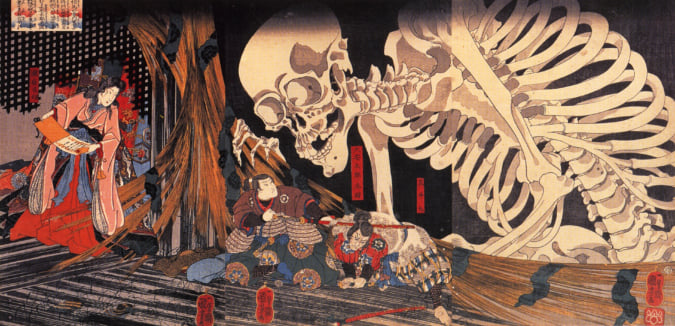A Hotel with a Troglodyte Feel
The Shiroiya Hotel was renovated by architect Sou Fujimoto with a new, curved structure covered in plants.
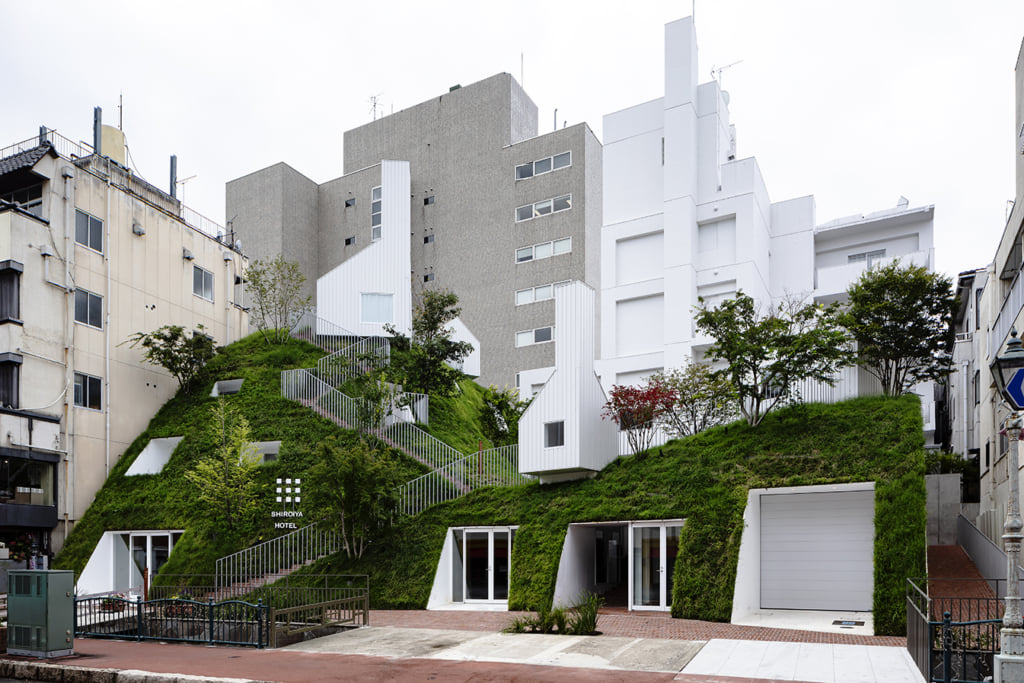
© Shinya Kigure
Located in the city of Maebashi, Gunma prefecture, two hours north of Tokyo, Shiroiya Hotel was renovated by architect Sou Fujimoto. The artist, particularly known for the Arbre blanc in Montpellier, was selected in 2014 by the Tanaka Hitoshi Foundation, which was managing the project, to redesign this building, a 300-year-old former ryokan that had been closed since 2008 and threatened with demolition.
An echo of the city’s hills
Sou Fujimoto planned this rebirth in two stages. First, he drew on the existing structure, Heritage Tower, a rough concrete building covering an area of 1744 m2 that houses 17 rooms and opens onto an airy atrium. He then created the Green Tower from scratch, adjacent to the former ryokan. This 820-m2 curved building contains eight rooms and was designed to resemble a miniaturisation of the hills lining the river that runs through the city, being entirely covered in plants. With its green walls and large glass windows here and there, the architect’s creation is reminiscent of the aesthetic seen in troglodyte buildings.
When designing the rooms and certain pieces of furniture, Sou Fujimoto called upon international architects and designers like Jasper Morrison from England and Michele de Lucchi from Italy. Art also occupies a prominent position in this hotel, which opened its doors to the public on 12 December 2020: works of art are displayed in the lobby, and also in each of the hotel rooms. This trend of combining holidaying and art is becoming increasingly common in Japan, as evidenced by Node Hotel in Kyoto and the BnA in Tokyo.
More information about Shiroiya Hotel can be found on its website and on architect Sou Fujimoto’s website.
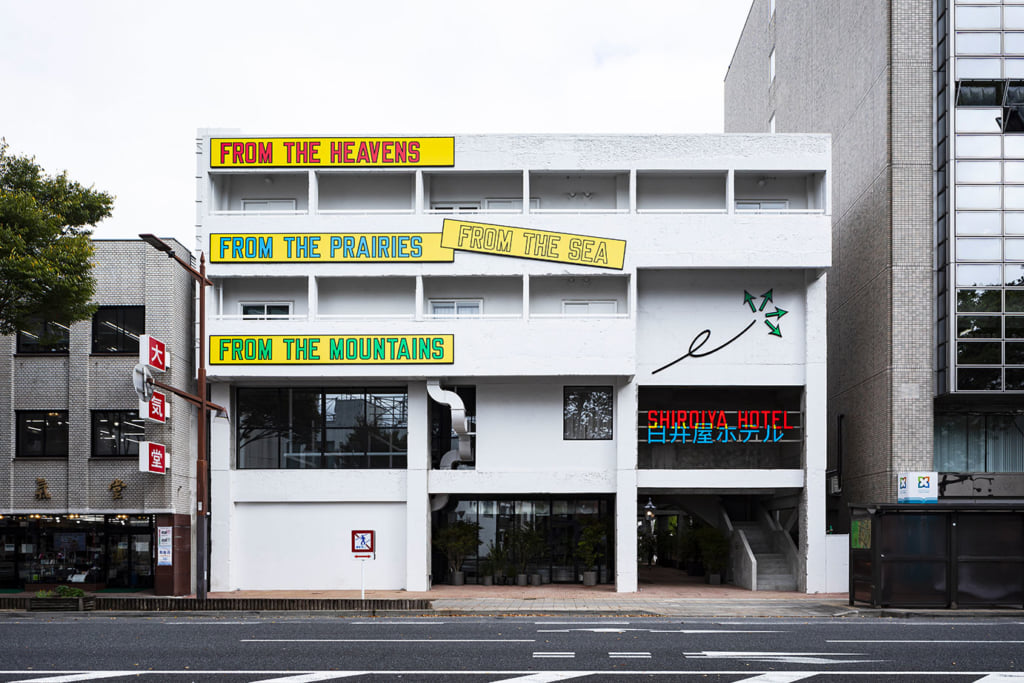
© Shinya Kigure
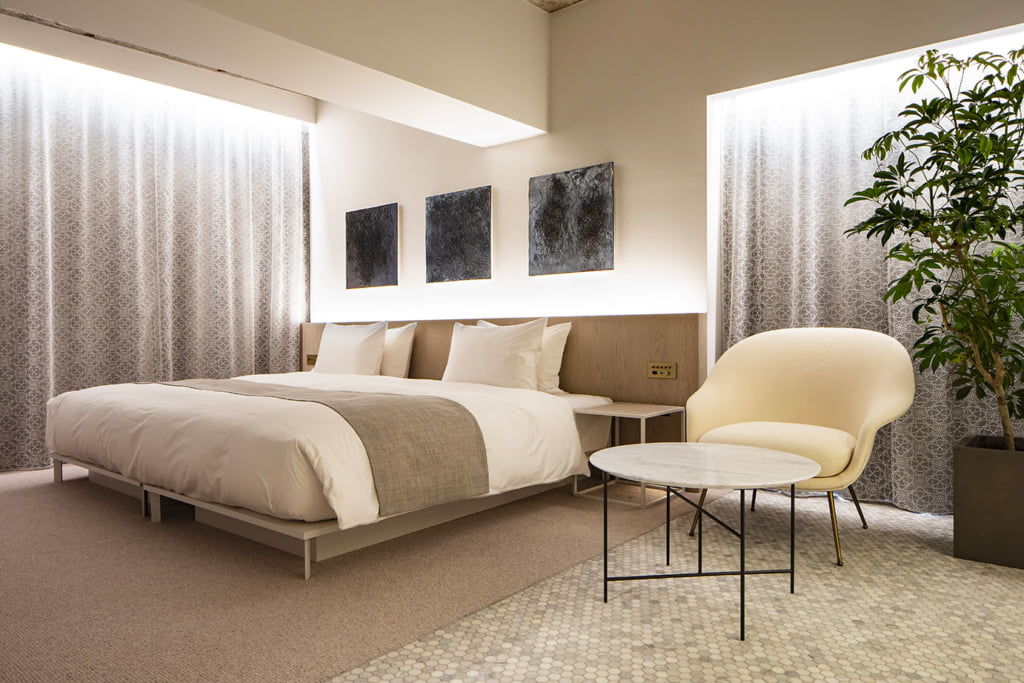
© Shinya Kigure

© Shinya Kigure
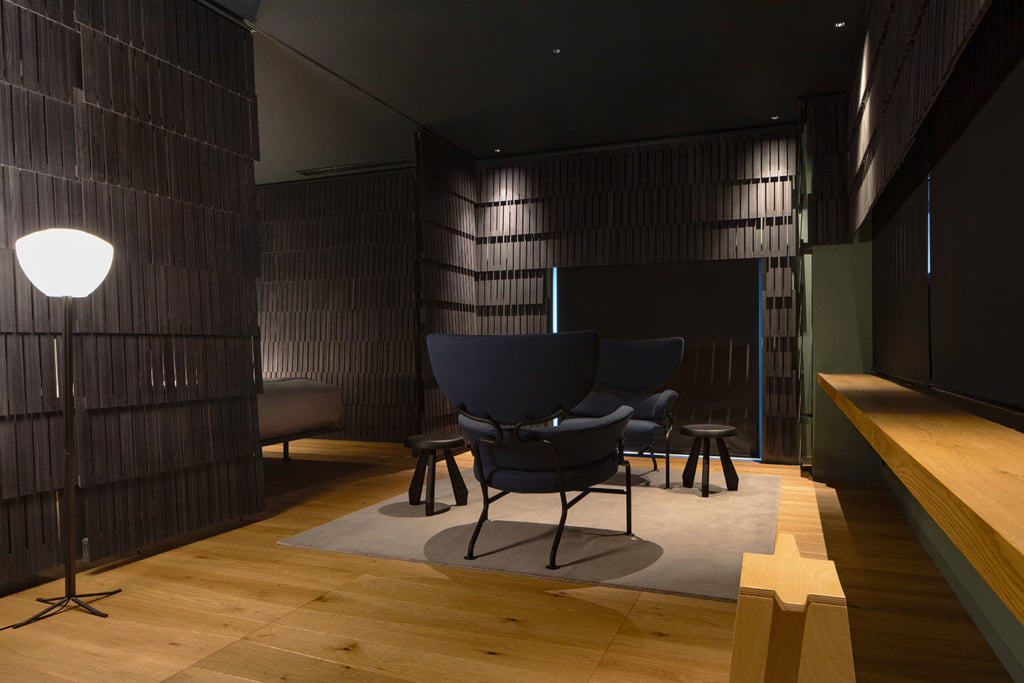
© Shinya Kigure
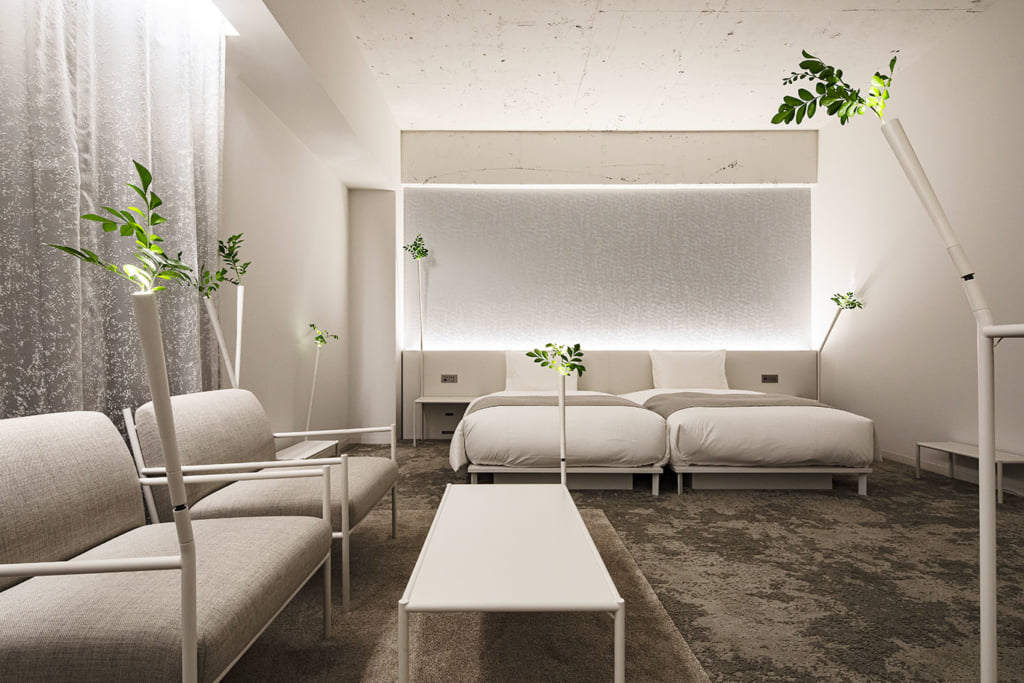
© Shinya Kigure
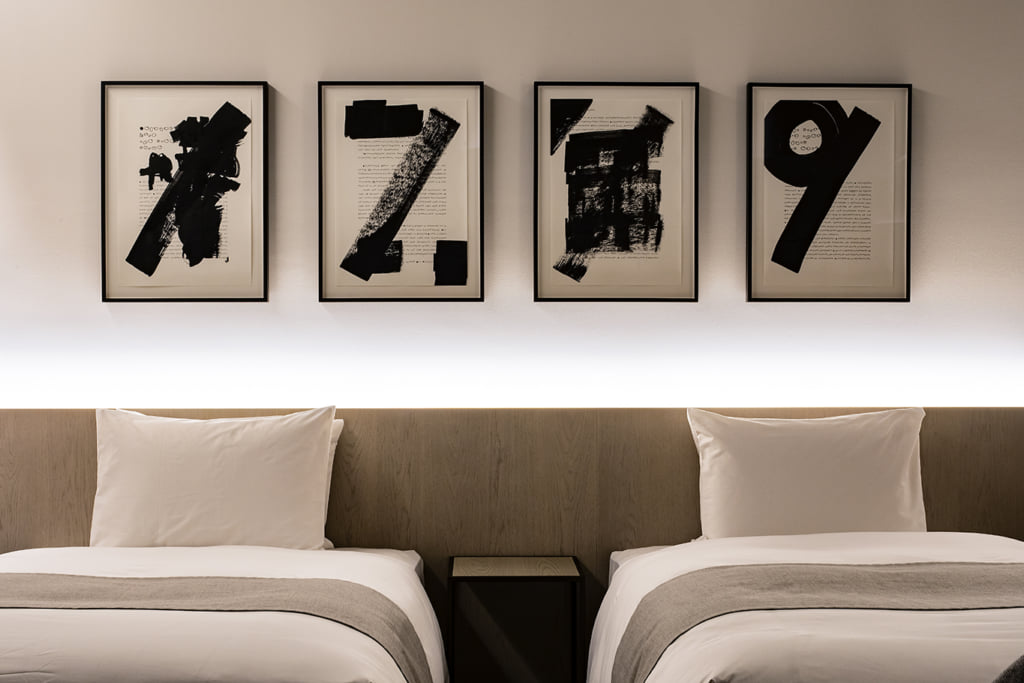
© Shinya Kigure
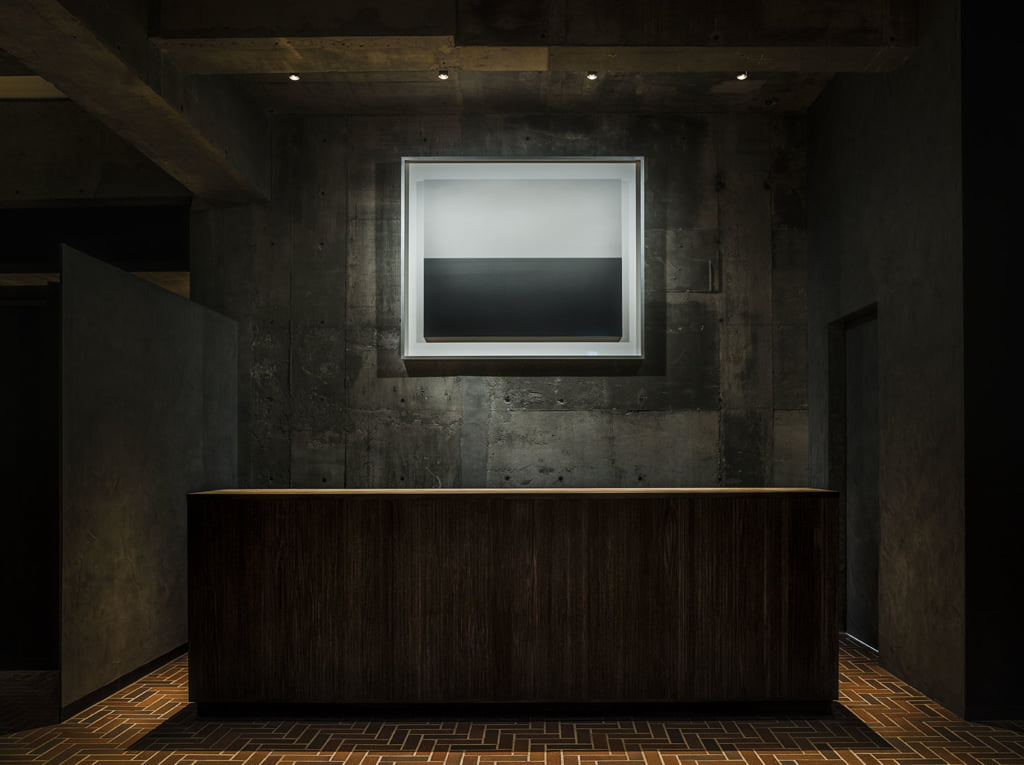
© Shinya Kigure
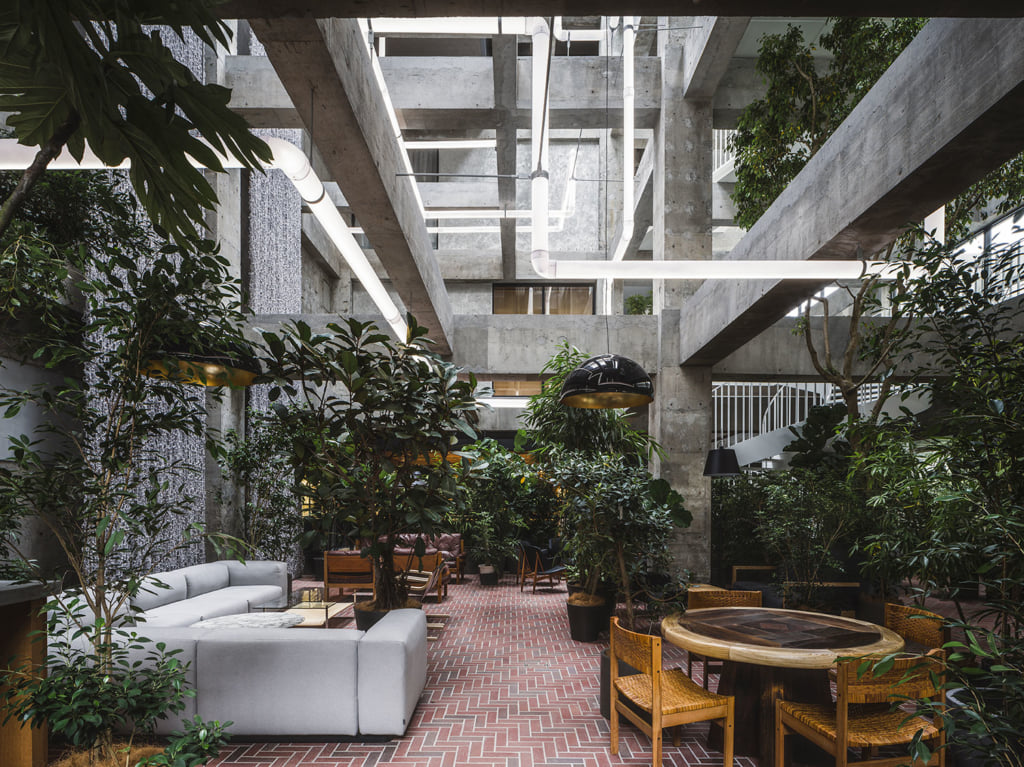
© Shinya Kigure
TRENDING
-
Gashadokuro, the Legend of the Starving Skeleton
This mythical creature, with a thirst for blood and revenge, has been a fearsome presence in Japanese popular culture for centuries.

-
The Tattoos that Marked the Criminals of the Edo Period
Traditional tattoos were strong signifiers; murderers had head tattoos, while theft might result in an arm tattoo.

-
The Tradition of the Black Eggs of Mount Hakone
In the volcanic valley of Owakudani, curious looking black eggs with beneficial properties are cooked in the sulphurous waters.

-
Recipe for Ichiraku Ramen from ‘Naruto’ by Danielle Baghernejad
Taken from the popular manga with the character of the same name who loves ramen, this dish is named after the hero's favourite restaurant.

-
Tatsuro Yamashita, King of City Pop
The visionary pop singer and producer, who endowed the Japanese tech-boom as a utopian escape for future generations.

